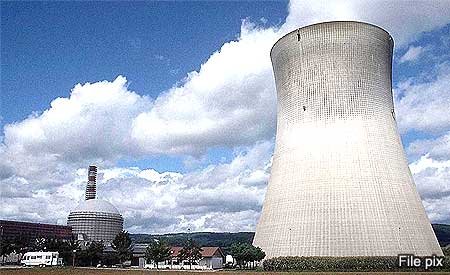LETTER | Let's tap nuclear energy to power our future
LETTER | I am quite pleased with Malaysiakini’s recent series on tackling Malaysia’s dependency on coal.
Looking at the Malaysian Energy Statistics Handbook 2020, we can see that the Malaysian electricity mix depends on coal to the tune of 42.8 percent of total energy generation.
This is followed by natural gas at 40.2 percent. When we look for low carbon sources, these are not presented in much detail, being dumped into the catch-all category of “Others”, itself at 1.7 percdnt only.
Coal, as we know, is the most polluting and dangerous source of energy there is, with 24.62 (coal) deaths from accidents and air pollution per terawatt-hour (TWh). This is 1,000 times larger than low carbon sources such as solar, hydropower, and nuclear energy.
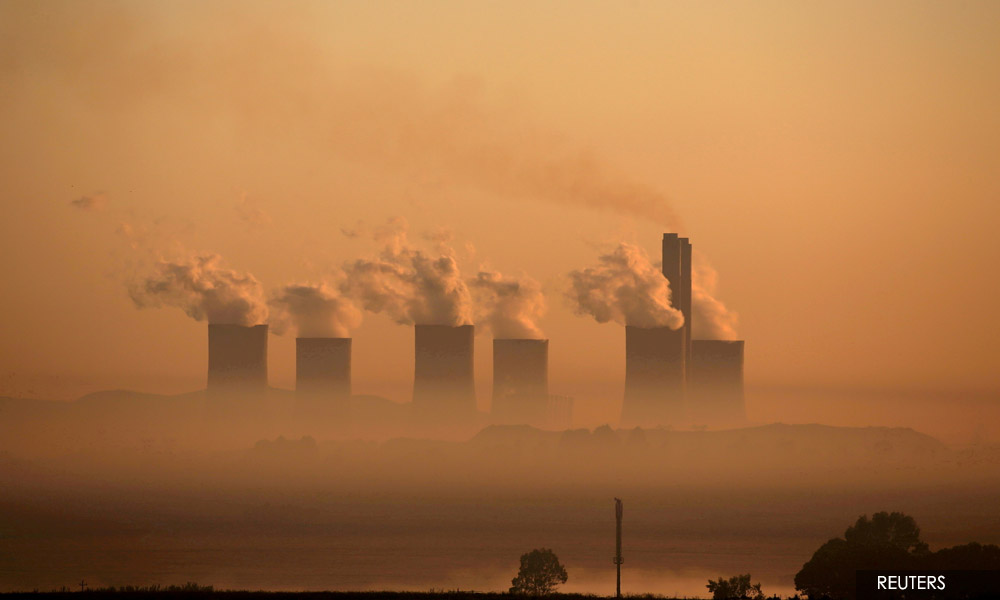
Taking into consideration life-cycle carbon emissions, coal again is the most polluting, hundreds of times larger than low-carbon sources.
For the improvement and preservation of the environment and human lives, we must quickly divest from coal. However, this divestiture has some hidden issues that we must resolve.
There is a threat that these issues may be overlooked due to corporate interests, personal bias, or optimism.
Beware of gas
There is a growing trend to push the narrative that natural gas is a good contender to replace coal.
While natural gas does seem the immediate successor, we must keep in mind that it is not much better than coal. It is close behind coal in terms of mortality and carbon emissions, hundreds of times larger than true-low carbon sources.
Moreover, we must remember that, like coal, gas is finite and already we are looking at local oil and gas sources to be depleted by 2029.
This means we would need to source gas from outside Malaysia, which is a huge threat to energy security especially if coal is completely replaced with gas, increasing the total dependency on gas for electricity to over 80 percent.
Additionally, continued reliance on natural gas means continued environmental degradation with increasing energy vulnerability as the supply of natural gas diminishes.
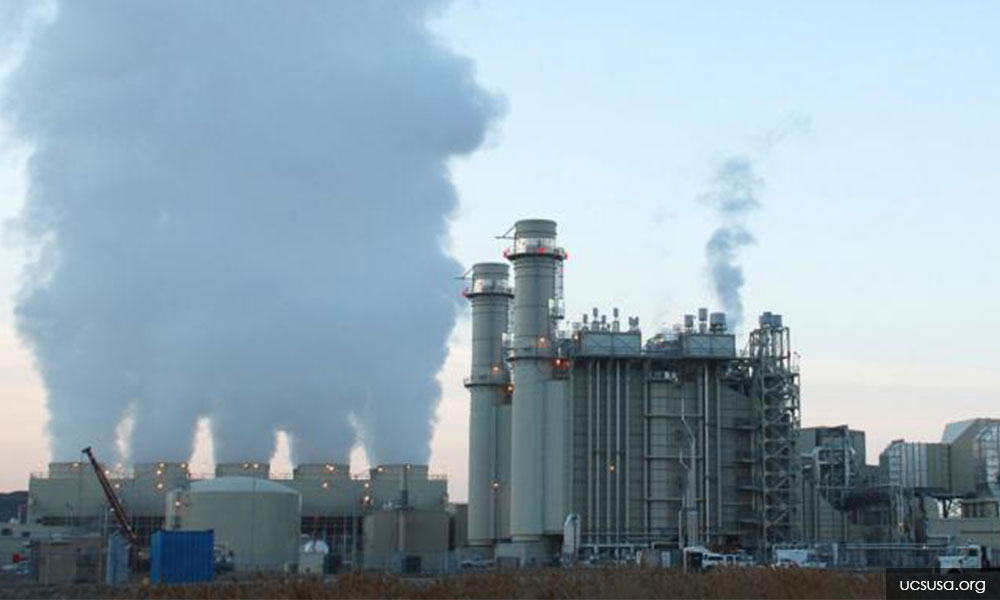
What we are getting now from oil and gas companies is a pivot towards coupling gas with renewable energy. This, on paper, seems natural considering the intermittency of renewable sources such as solar and wind.
Intermittency means that a source of electricity does not produce a stable, continuous flow of electricity; rather the flow is staggered, usually depending on weather.
Simply put, if the sun doesn’t shine and the wind doesn’t blow, no electricity will be produced. At times where the supply of renewable electricity is low, natural gas is said to be a good partner to make up for this. Of course, this is a thinly-veiled attempt to prolong the dependency on natural gas, but we cannot discount the insecurities brought on by intermittency.
With the above considered, the general discourse is of course not in support of natural gas entirely, but for a large push on renewable sources of electricity. Here, we must be careful.
When we consider Malaysia, there are only so many sources of renewable energy available. Geothermal energy and wind, for example, are not available due to geological and geographic characteristics.
We are a country that must depend heavily on solar energy and biomass, the two established renewable energy sources available to us. The previous Pakatan Harapan government was pushing for greater inclusion of solar energy and while we should acknowledge this as one priority, we must take time to analyse the baggage that comes with this.
Solar energy, particularly photovoltaics, needs storage to properly function without depending on fossil fuels. This comes in the form of battery storage, which is both expensive and increases the dependency on mining.
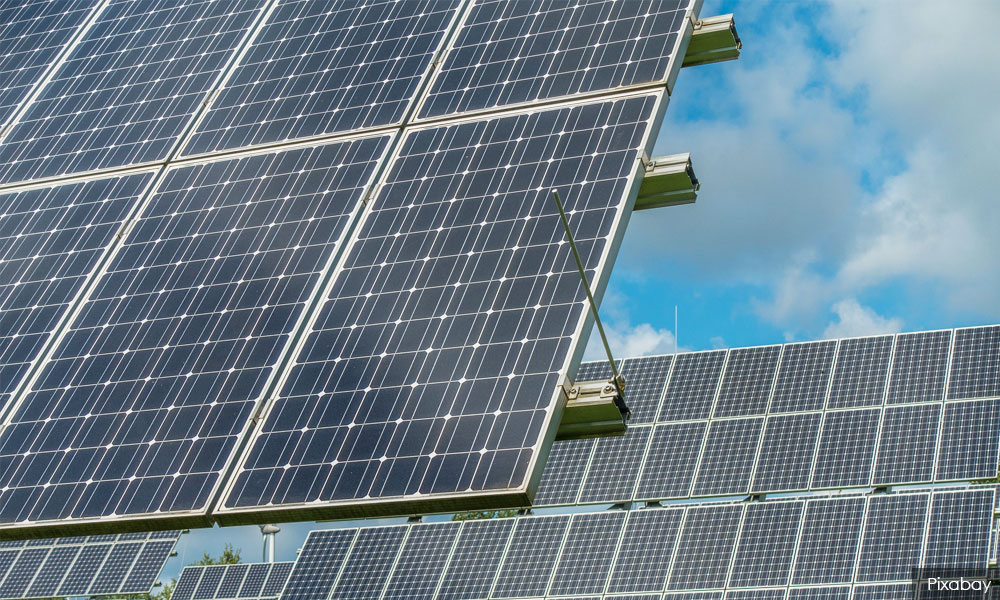
Solar energy also needs a lot of land and materials to generate an appreciable amount of electricity. This is because the most efficient solar technology has only around a 25 percent capacity factor.
Capacity factor is a measure of how much energy is produced by technology compared to the maximum value it is rated to produce. This means only a quarter of the total electricity expected is generated on average.
If we look at rooftop solar, that percentage drops to below 20 percent.
Imagine a scale-up of solar energy. The large-scale solar plant in Sepang, for example, is around one sq km in land area and is projected to generate 50MW of electricity to the national grid.
This is, at best, around 0.06 percent of the total electricity demand for Malaysia. Even a 20 percent target of only large-scale solar would need 333 of this kind of plant. This must then be considered alongside the need for storage, which means we would need enough battery capacity to store energy from these plants.
Not only that, since those batteries need to be charged as well, we must increase the number of solar plants to ensure excess electricity is produced to be stored in the first place.
Being generous, we must double the number of plants assuming half the demand is met when these plants produce electricity. This multiplies land area, mining costs for manufacturing solar panels and batteries, construction costs and associated emissions.
Batteries themselves can be problematic in their own right. The battery technology that is currently most appropriate is lithium battery storage system whose reliance on lithium mining is a major issue from the point of environmental impact and material depletion.
Moreover, batteries need to be replaced every 15-20 years or so, meaning their efficacy is heavily reliant on continued mining for the material needed to manufacture them. Additionally, batteries also take up land area to house and require sophisticated integration to the grid which may increase costs as well.
Nuclear can be a good ally
This is where we must look elsewhere for alternative electricity sources. Of the many, we must seriously consider nuclear energy. This much-maligned source boasts low life-cycle carbon emissions, steady, secure flows of electricity, and high levels of safety.
Time and again nuclear energy has shown itself to defy critics, with mortality rates and emissions comparable to renewable energy but without the need for storage.
Additionally, nuclear energy has high levels of efficiency, with a capacity factor of over 90 percent.
Alongside this, the energy density of uranium is so high that nuclear power plants only need around 2.5 sq km per 1,000MW (with conventional plants around 2,000 MW in size) and minimal material throughput (compared to the amount of electricity produced, the steel, concrete and other materials needed are relatively small). This is 45 to 75 times better than solar energy.
Making sense of this, instead of almost 700 solar plants covering about 700 sq km of land and battery storage we saw before, to achieve the same 20 percent of Malaysia’s electricity demand, we would need only two nuclear power plants with 11 sq km total in land area.
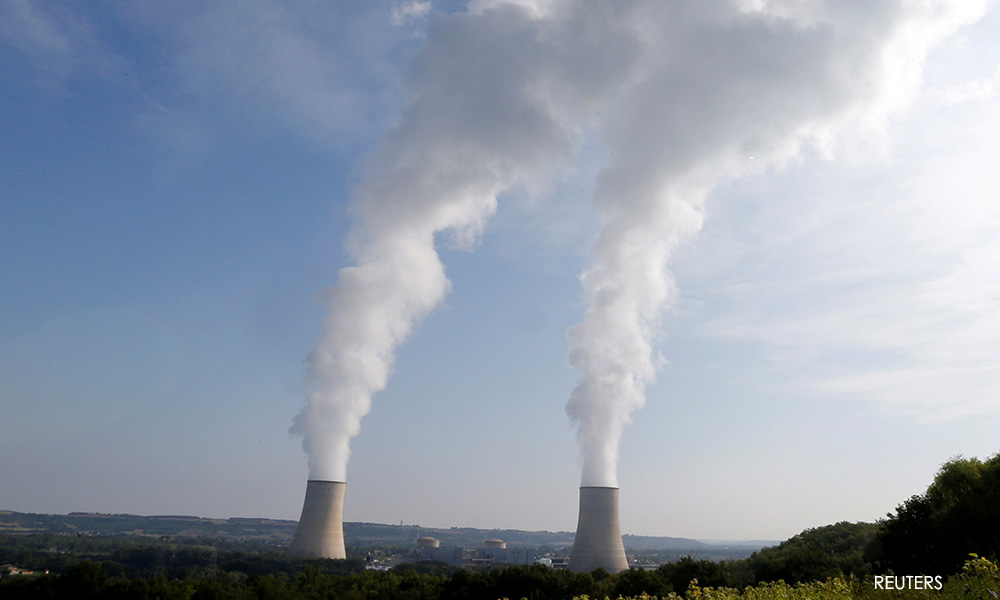
Moreover, nuclear power plants have been operating flexibly in France to compensate for seasonal variations in demand, with ramp-ups ranging from 20 percent capacity to 100 percent capacity in as quickly as 30 minutes. This can allow for pairing with intermittent renewable energy sources such as solar.
Of course, there are challenges to this model that need to be resolved, but with the aforementioned biomass energy, there can be enough on-demand electricity for pairing with solar energy.
Nuclear energy, being a steady stream of electricity, can be the prime candidate to replace coal. Currently, we are seeing a greater emphasis on nuclear energy as well, with newcomer countries like Bangladesh and the United Arab Emirates building their first power plants and even countries like Japan looking to restart their plants as a way to boost decarbonised energy.
A complaint many have towards nuclear energy is the issue of waste. Even here we must acknowledge that out of all energy sources, particularly fossil fuels, nuclear energy is the only source that internalises comprehensive waste management into their planning right from the beginning.
The volume of waste produced through nuclear energy is also minuscule. Compared to coal, nuclear energy produces around 10,000 times lesser highly radioactive material (around 30 tonnes of high-level nuclear waste versus 300,000 tonnes of radioactive coal ash for a typical 1,000MW configuration). This should be coupled with the six million tonnes of carbon dioxide released by the same coal plant.
Moreover, nuclear energy also produced 300 times less waste overall compared to solar panel waste which is also highly toxic.
As much as this seems to be a good way forward, unfortunately, environmental groups in Malaysia have been resistant to nuclear energy. This, in my opinion, is a huge missed opportunity.
Coal and natural gas would need to be quickly divested. As much as we would like to see it, renewable energy sources available to Malaysia, particularly solar energy, cannot achieve this alone.
Let us not put so much pressure on solar energy to perform, without looking at the inevitable threats. Let’s embrace all low-carbon sources to fight against the dominance of fossil fuels.
In the 21 st century, it is imperative that renewable energy and nuclear energy stride hand-in-hand onto a greener, cleaner future.
I would like to extend an olive branch to our comrades championing renewables alone. Let us join forces and truly defeat fossil fuels once and for all.
ARVEENT KATHIRTCHELVAN is a member of Critical Mass.
The views expressed here are those of the author/contributor and do not necessarily represent the views of Malaysiakini.
RM12.50 / month
- Unlimited access to award-winning journalism
- Comment and share your opinions on all our articles
- Gift interesting stories to your friends
- Tax deductable
